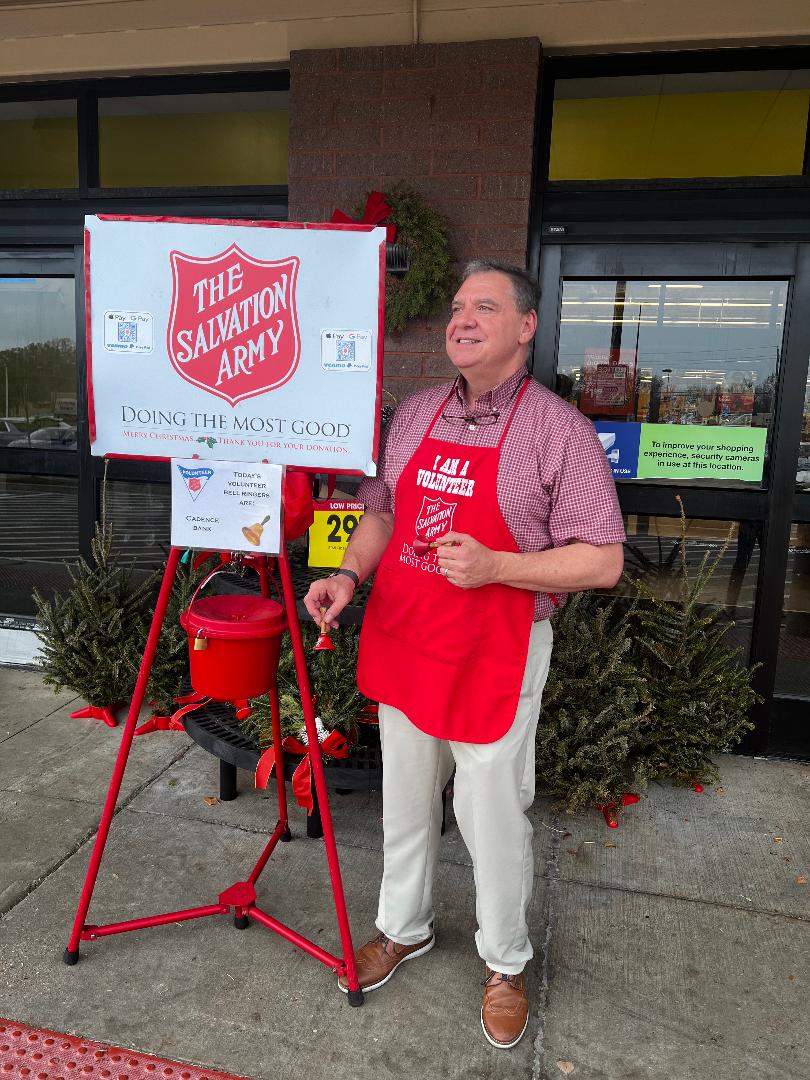Here’s how some plants are done in by ‘mutual suffering’
Published 9:33 am Friday, May 22, 2020
I once possessed but did not own the neatest book on tomato diseases, complete with really good photos and taxonomic fungus names.
The book stayed put with the job along with the soil probe and insect sweep nets.
One picture I recall causing a “Wow” the first time I saw it was of a large field of grown tomato plants with plants nearest the tree line at various stages between yellowed and plumb dead. The cause was the infamous walnut disease.
Most longtime gardeners and plant people know about juglone, a natural chemical produced by some plants that is toxic to others.
Black walnut trees sit atop the juglone world. But there are many plant species that produce different chemicals that inhibit growth by other species attempting to grow nearby. The term for this natural chemical warfare among plants is allelopathy.
Plants that produce such chemicals are said to be “allelopathic” to the species they affect. Allelopathy by one name or another has been known about for centuries, but it was just in the 1930s that a scientist combined two Greek words that translate to “mutual suffering.”
Most allelopathy goes on out in nature and even in gardens without notice by us humans. Affected plants share the soil root zone with the culprit or they get a dose of the chemical from fallen leaves. They have to be close by.
People sometimes transport the bad stuff via mulch, but that’s rarely a problem. And complete composting usually eliminates allelopathic risks.
Among allelopathic plants, sometimes what goes around comes around.
Newly planted azaleas, for instance, can be slowly killed if planted alongside Kentucky bluegrass. But that same bluegrass can be knocked down and out by forsythia’s chemicals and forsythia is on the victim list for perennial rye’s allelopathy.
Oddly, broccoli yields a natural herbicide that is harmful to its own cousins including cabbage and mustard as well as baby broccoli plants. Rice plant roots release a strong allelopathy that is one of two natural herbicides for growing that aquatic plant, the other being floodwater. For folks who wonder why nothing grows beneath a bird feeder, sunflower seed comes with bigtime allelopathy.
Some research has led to the premise that one way invasive non-native weeds crowd out native plants is with the help of their self-generated allelopathy. And though goldenrod is a native plant, it is famous among botanists for two things: it will quickly fill in on abandoned cropland and it competes well with other species partly because of its allelopathic properties.
Even though the term “suffering” shows up in the translation from Greek, people who research allelopathy talk of its positive traits and the possibilities with the natural chemicals.
Currently, small acreage farmers in some areas of the world use crop rotation for a little weed control help from allelopathic crops. And there is lots of research underway to find how allelopathy, both natural and possibly mimicked, will be utilized in developing future weed control products for crop production.
Terry Rector writes for the Warren County Soil and Water Conservation District.





